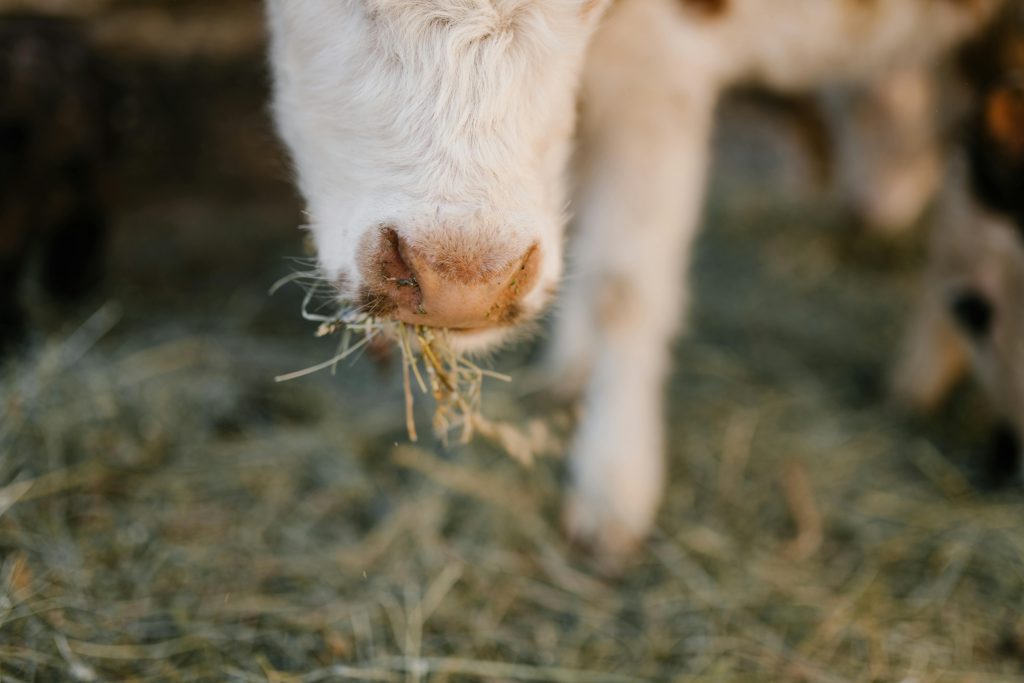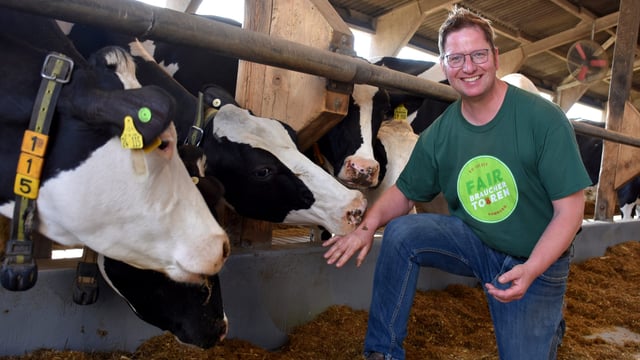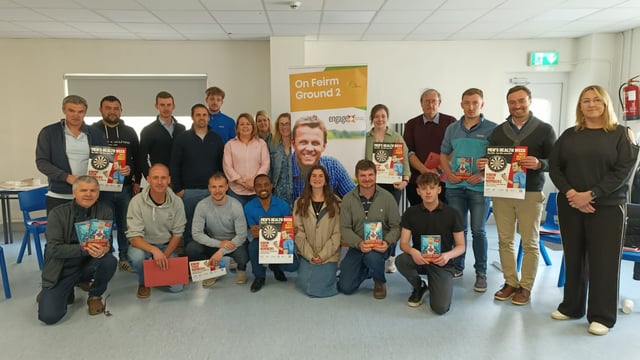Australian Q3 beef production sees highest cattle slaughter since 1978
Australia's cattle industry in continuing to set new benchmarks, with this quarter alone seeing the "highest cattle slaughter since 1978".
That's according to Meat and Livestock Australia (MLA) manager for market information, Stephen Bignell, following the release of the latest figures by the Australian Bureau of Statistics (ABS) on beef, lamb and mutton production.
Bignell highlighted that strong seasonal conditions across northern Australia have underpinned the surge in cattle numbers in 2025.
He said: "From January to September, Australia produced 2.16 million tonnes of beef, a 13% increase on the same period last year."
According to the ABS, cattle slaughter reached 2.48 million head, up 6% on the previous quarter and 10% year-on-year.
Queensland led the charge, recording one of the largest quarters for processing ever, while New South Wales and Victoria also posted strong numbers as beef production hit a quarterly record of 759,270t.
The MLA outlined that carcass weights remained steady at 307kg, slightly below last year’s average but consistent with seasonal trends.
Australian sheep and lamb
Meanwhile, according to MLA, national sheep slaughter fell to 2 million head, down 20% on the previous quarter and 26% below Q3 2024.
New South Wales recorded the largest drop, falling by 190,000 head to 740,000, followed by Western Australia and South Australia.
The statistics show that lamb slaughter also eased sharply, falling 23% to 5.2 million head, the lowest since March 2022.
Production dropped 25% to 126,171t, the lowest since December 2021, according to MLA, with Victoria - the largest lamb-producing state - down 22% to 66,922t.
Carcass weights remained stable at 24.3kg, with slight lifts in South Australia and Tasmania, which the MLA said it believes is likely due to increased grain feeding.
“Cattle numbers are being supported by strong pasture conditions and herd rebuilding, while sheep and lamb turnoff is easing after last year’s peak,” Bignell added.






